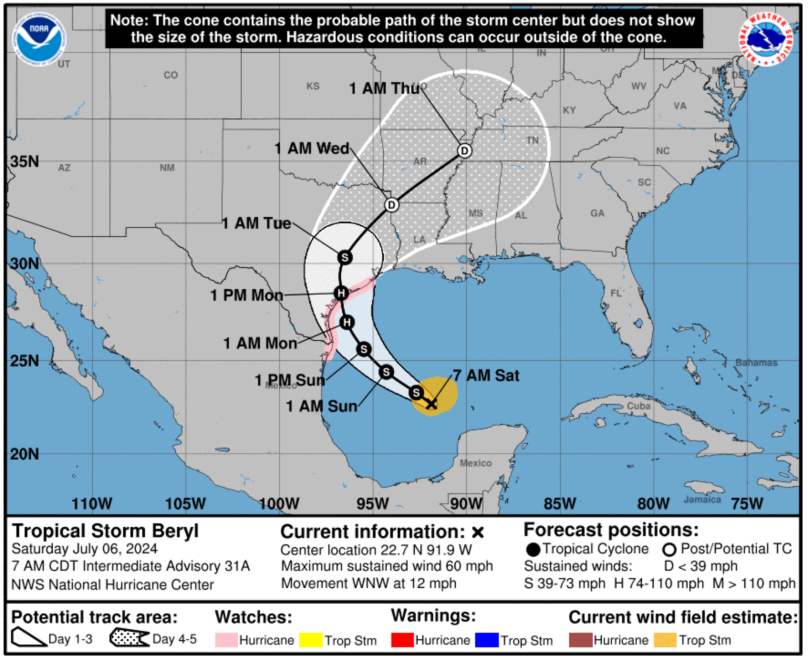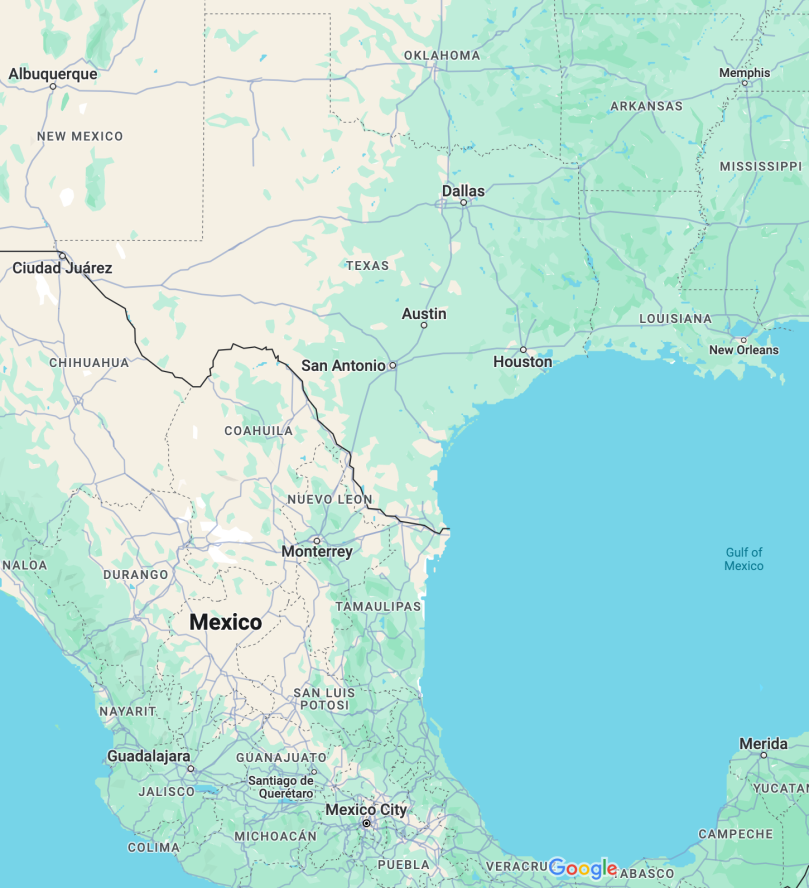I supposedly swore off all soda products years ago, both diet and regular (I’d sworn off regular in my 40’s when my weight really began to get out of hand). But the flesh is weak in me, so yesterday, while shopping at a local Publix, I spotted a 20 oz (591 mL for you metric readers) diet Coke in a cooler in the store, and in spite of the outrageous cost of US$2.79 for that bottle of poison, I bought it and drank every last drop in a slightly crazed fashion. When I finished and reason had reasserted itself, I finally observed the bottle and noticed an interesting advertising twist:
Yes, that plastic Coke bottle is 100% recycled! It even has a little green ribbon across the bottom proclaiming its 100% recycling bonafides. Except… if you zoom in a bit and read the fine print on that green ribbon:
Yes, it’s 100% recycled except for the thin plastic label it’s all printed on, and the cap (lawyer weasel words). Reading a bit more says to put the cap back on the bottle and throw it in the recycling bin. So I guess it’s still all good with regards to recycling. This isn’t the first time Coke came in recycled bottles.
I was born and raised in Atlanta, GA, the home of Coca Cola (a.k.a Coke) and was practically weaned on the stuff. Back In The Day, Coke was sold in glass bottles. When you finished your sugared cola you put the empty glass bottle into a rack next to the dispenser (after you put in your hard earned 10¢s into the Coke machine to buy the drink). A truck would come by on a fairly regular basis to resupply the dispenser and pick up all the empties. The empties would go back to the bottling plant where’d they’d get washed and sterilized and then refilled to go back out again. That was real recycling. If the bottle was damaged (broken) then they manufactured another out of glass, including from the broken pieces they could collect. As the years passed, the glass bottles gave way to cans (remember those pull tabs?), then eventually the plastic bottling we’ve all come to know and despise.
So now they want to convince me that after decades (and decades) of generating all this single-use plastic waste, that they’ve somehow Found The Righteous Way and gone back to recycling. Which I call out as bullshit. They could have done this from the beginning, but they didn’t because it wasn’t convenient. And I suspect they’re doing it now because a lot of us aren’t blindly purchasing Coca Cola products any longer like we used to. As I said, I started ramping down my consumption of diet sodas over a decade ago, and went hard core when I retired in January 2020. Every once in a while I’d buy a bottle, or if they were cheap enough, get a six pack from places like Walmart when they were on sale. Otherwise I’m drinking water/ice water, coffee (at breakfast) and my own brewed teas (primarily black). None of the brewed drinks take sugar or artificial sweeteners. I put a little bit of cream in my coffee, which has just enough natural sugar in it to take off the bitter edge. The tea is sweetener free.
Which leads to the other two equally important reasons I avoid sodas: cost and health. I’ve watched the cost of soda grow outrageously high over the years, and I’ve been reading report after report stating that the ingredients aren’t truly fit for human consumption. All sodas are a bad mix of environmental catastrophe, health, and wasteful spending. There is no reason to ever purchase and consume these products, except out of moral weakness like I showed.





You must be logged in to post a comment.